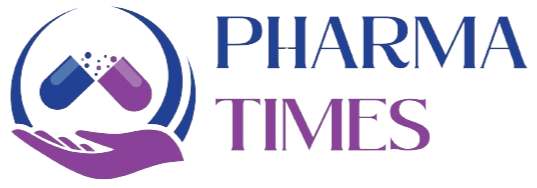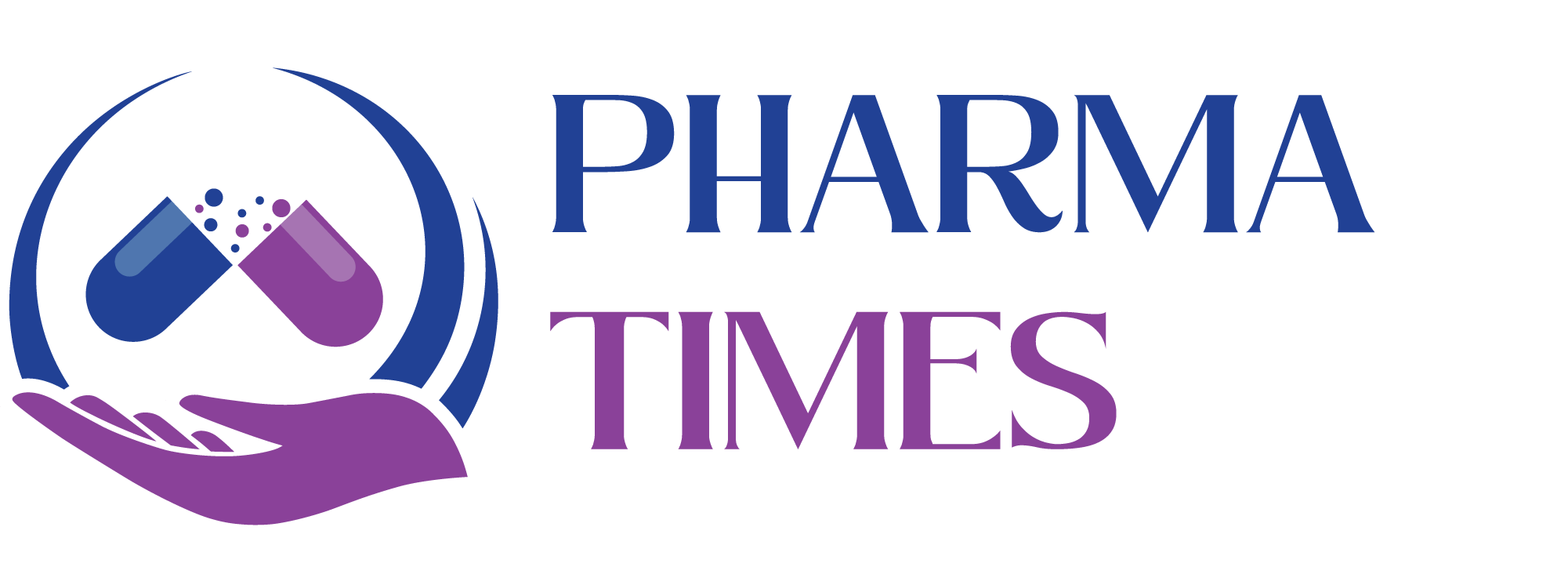Preparation for GMP Audit in Pharmaceuticals

🏭 Preparation for GMP Audit in Pharmaceuticals
1. Understand the Audit Scope
-
Know whether it’s regulatory (FDA, EMA, MHRA, WHO, CDSCO), customer, or internal.
-
Review previous audit/inspection reports and ensure CAPAs are implemented.
-
Be aware of current guidelines, SOPs, and regulatory updates relevant to your site.
2. Documentation Readiness (ALCOA+ Compliance)
-
Ensure SOPs, BMRs, logbooks, and records are current, approved, and accessible.
-
Documents should be complete, legible, contemporaneous, and error-free.
-
Prepare a document index for quick retrieval during audit.
-
Verify that electronic systems (LIMS, HPLC, GC, etc.) have audit trails enabled.
3. Facility & Equipment Preparedness
-
Cleanliness and maintenance of all production, QC, and warehouse areas.
-
Ensure equipment qualification (IQ/OQ/PQ) and calibration records are up-to-date.
-
Check status labels on equipment: Cleaned / In-use / Under maintenance.
-
Verify environmental monitoring, HVAC, water system, and utilities are validated.
4. Personnel Training & Awareness
-
All employees should know GMP basics, SOPs, and their roles.
-
Conduct mock audits or Q&A sessions to prepare staff for inspector interaction.
-
Ensure proper gowning and hygiene practices in controlled areas.
5. Quality Systems Preparedness
-
Deviation & OOS/OOT: All must be properly investigated and closed.
-
CAPA: Evidence of effectiveness checks must be available.
-
Change Control: Ensure impact assessments and approvals are documented.
-
Complaints & Recalls: Review logs and ensure procedures are updated.
-
Data Integrity: No shared logins, password controls, and backup in place.
6. Batch & Product Readiness
-
Select a few recently manufactured batches and ensure all documents are complete.
-
Review batch records for completeness, signatures, and reconciliation.
-
Ensure raw materials, intermediates, and finished goods are traceable.
7. Housekeeping & Visual Readiness
-
Remove expired or obsolete labels, raw materials, or equipment from the area.
-
Ensure segregation of materials (Quarantine, Released, Rejected).
-
Keep warehouse and dispensing areas tidy and compliant with SOPs.
8. Communication & Audit Handling
-
Assign a coordinator to handle document requests and inspector movement.
-
Train staff to answer only what is asked—clearly and truthfully.
-
Prepare an audit room with required references, internet access, and support staff.
-
Ensure timely retrieval of documents and data without delays.
📌 Quick Pre-Audit Checklist
✅ Documents updated & accessible
✅ Equipment calibrated & qualified
✅ Areas clean, well-labeled, and organized
✅ Personnel trained & confident
✅ Quality systems reviewed (OOS, CAPA, Change Control)
✅ Mock audit conducted
🎓 Discover one of the best Complete Pharmaceutical Quality Assurance Course available —click below to explore the course that’s shaping future in QA Course skills.

